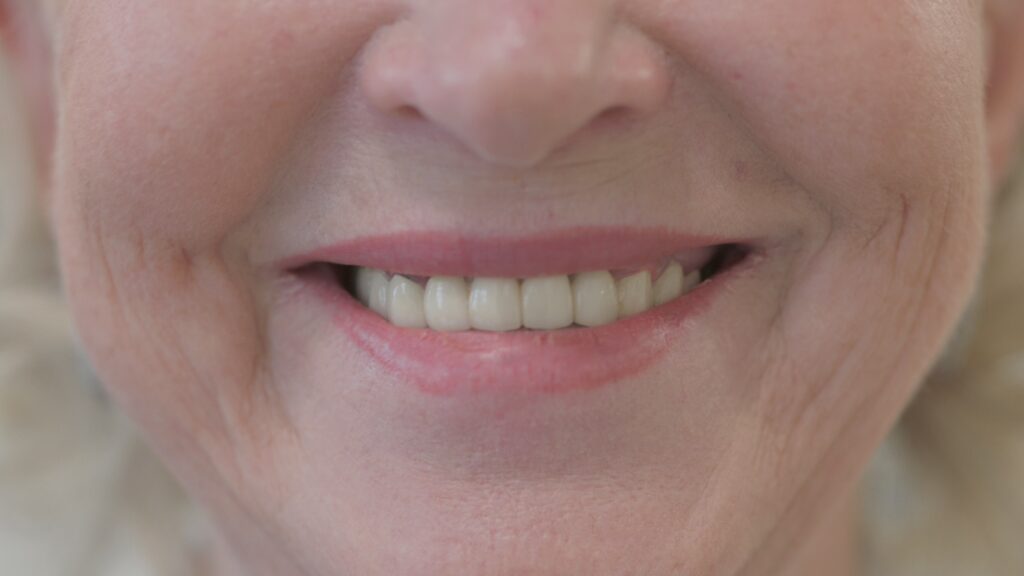
Did you have braces when you were young, but now, as you’ve aged, you notice that your teeth have been shifting? The natural aging process can bring about many changes for the teeth. Over time it is normal to see teeth move slightly upward. The soft tissues and muscles around the mouth and face also change with age, which can alter the pressure on the teeth and contribute to shifts in position and contribute to crowding.
The crowding that occurs as we age can also be due to a variety of factors, some genetic, and others primarily related to changes in the jawbone, dental structure, and oral health. Here are some of the main reasons why the mouth changes and teeth shift and become crowded as we age:
Jawbone Changes - Over time, the jawbone can lose bone density decreases, especially in the lower jaw. This can cause the jaw to shrink slightly, leading to less space for teeth, which may shift and crowd together.
Forward Shifting of Teeth - As we age, the teeth naturally tend to drift slightly forward. This forward movement can cause the teeth in the front of the mouth to crowd together, especially the lower front teeth.
Narrowing of the Dental Arch - The dental arch (the curved shape of the row of teeth) can gradually narrow as we age, reducing the space available for teeth. This can lead to crowding, particularly in the front teeth.
Wear and Tear - Grinding or clenching of the teeth, often due to stress or sleep disorders, can wear down the teeth over time. This can also cause teeth to shift position and become crowded.
Tooth Loss: If a tooth is lost and not replaced, the surrounding teeth may shift into the empty space, leading to crowding or misalignment of the remaining teeth as the support for the remaining teeth diminishes it can lead to shifting and crowding.
Gum Disease: Periodontal disease can cause the gums to recede, and this also leads to the loss of the support structure which holds the teeth in place, as that happens the teeth can move out of alignment and become crowded.
Changes in the Bite or Jaw Alignment - As we age, changes in the alignment of the jaw, due to factors like bone loss or arthritis, can also contribute to crowding.
Genetics - Genetic factors can play a role in the alignment of teeth and the structure of the jaw. Some people may be more prone to crowding due to their genetic makeup, and this can become more pronounced with age.
As these factors combine, they cause teeth to shift, leading to the crowding that many people experience as they get older. Regular dental care, including orthodontic check-ups, can help manage or prevent some of these changes. There are several options available today to help manage and correct these changes. It is important to address any concerns early so that you can keep a healthy and beautiful smile!
